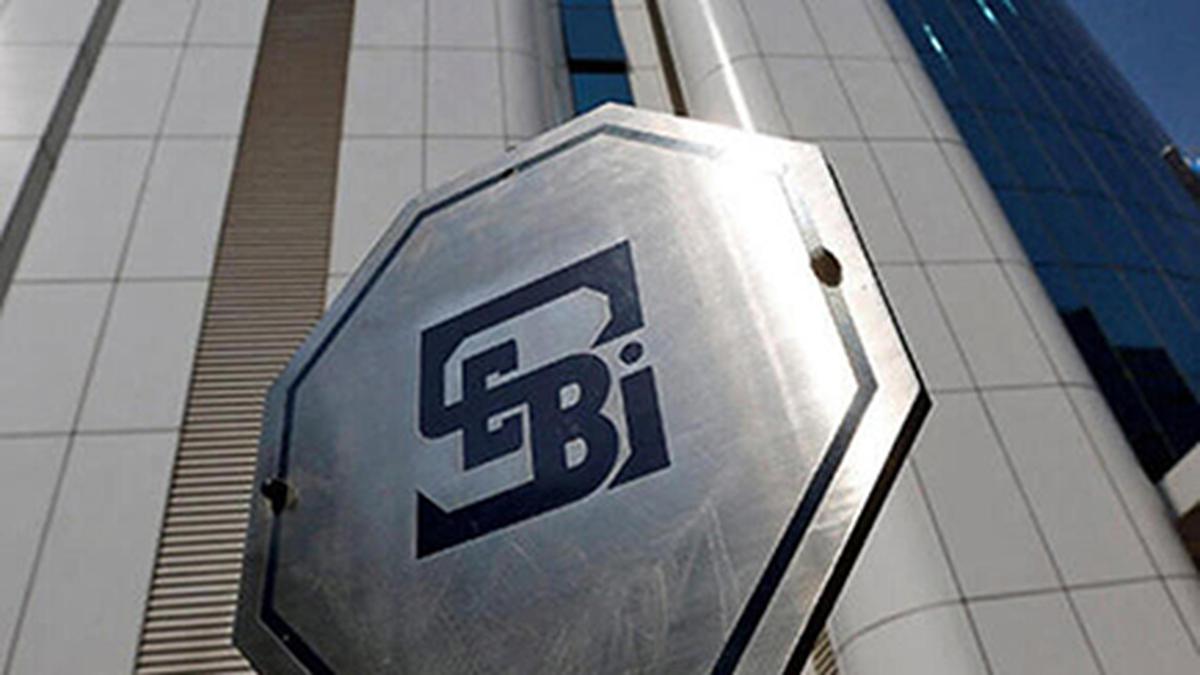Illiquidity in the secondary corporate debt market is a global issue and so focus should be on further deepening the primary market that had grown almost fourfold in a decade to ₹40 lakh crore, an RBI official said.
Addressing a Bombay Chamber of Commerce & Industry event on Wednesday, Reserve Bank Deputy Governor Rabi Sankar said concerted efforts by regulators and the government had seen corporate bond outstanding crossing ₹40 lakh crore as of March 2022, from ₹10.4 lakh crore in March 2012, while annual issuances rose to ₹6 lakh crore from under ₹4 lakh crore during this period.
During the same period, the secondary market volume spiked from ₹4.4 lakh crore to ₹14 lakh crore.
Only the U.S. has a very liquid secondary corporate bond market and India has the second best, which is very low, though the turnover ratio is 69 here.
The U.S. market is very deep because it is led by corporates and municipalities. But corporate bond market as percentage of GDP is also the highest at 120 in the U.S., while in India, it is only 18% as against 80% in Korea and 36% in China, Mr. Sankar said.
Lack of secondary market liquidity is global and not just specific to India, of course barring the U.S., he said. “Our turnover ratio is 69, which is only second to the U.S.; given this we need to relook our approach to secondary market instead of focussing on the secondary market liquidity. This is primarily because of the small size of issuances which is only ₹130 crore,” Mr. Sankar said.
Compared with the government bond market, which has an outstanding of ₹80 lakh crore across 100 issues (though only 10 are actively traded), there is a large number of corporate bonds issuers of about 5,400. Such large primary issuances naturally dry up the secondary market, he explained.
On the rating profile of the issuers, he said, about 20% issuers are AAA rated, about 78% are AA-rated and just 1.5% are junk-rated.
Mr. Sankar blamed the large number of privately-placed issues for the skewed incentive structure towards the public issues which also get a wider investor base. “So the way forward is not to excessively worry about market liquidity but to widen the investor base and also there is a need to temper our expectations from the bond market.”
The central banker attributed the shallow secondary market to multiple factors such as the small size of issuances that averages at ₹130 crore per issuer, the nature of the issue being predominantly private placement as against public issues in other markets, low holdings which are mostly limited to institutional investors and not retail as in the case of the U.S., and the pricing and interest rate risks that any corporate bond issuer faces.
However, he admitted that the near-absence of a derivative market here was the biggest drawback, but given that the CDS (Corporate Default Swap) norms are in the way forward should be better. Another enabler should be the introduction of new instruments such as floating rate debt instruments, he said.






